Owning a puppy or a dog involves many commitments. A proper crate training is among the things that you must offer to your pet. Just like humans, dogs also have shelter we simply call as crates. This is where they hide during times of danger, rest, and eat. Crate training a puppy is a cumbersome activity. Even so, a pet owner can be successful in this activity if they have deep-rooted knowledge on how to crate train a puppy.
The first idea for thriving crate training is figuring out the breed of your puppy or dog. If your dog is originally a small dog breed, then picking a medium-seized crate is an excellent move. This size guarantees a snug place for your dog to sleep, sit, move around and stand. On the other hand, large crates are recommended to those big dogs like the American/English Foxhound and Golden/Labrador Retriever.
After you have determined the excellent crate size for your pet, the next thing to do is to obtain all the necessary crate accessories. These include comfortable crate pads, crate mats, stainless steel cups and pails. Make sure to go for long lasting and simple to use dog crate. Furthermore, you must ensure ease in locking and unlocking its door so that taking him out is definitely done.
Another tip on how to crate train a puppy is to present him to his own crate. Dog professionals say this is carried out in order to make your pet secure to his new home. Allow the puppy/dog to stay inside the crate for few hours. You may also try to get inside the crate if it can accommodate you. Your dog won't suspect that you're locking or leaving him in the crate if you stay with him inside while in the crate training.
The third tip on how to crate train a dog properly is to feed him inside the crate. Hence, there should be a pail and a stainless steel cup alongside his crate where you can put his food and water. Furthermore, let him have enough sleep inside the crate. The first few days of crate training typically involves whining and crying of your pet. Being firm would be vital here particularly if the dog starts to bark and make disobedient moves. Let him snooze inside and always disregard what he has acted. You are his leader, so make him follow what you say.
The fourth consideration in crate training a puppy is to let your pet remain inside the crate if you're not around or simply staying home. If you are simply in your own home, then try to check him from time to time. Get back in less than an hour if you are planning to go out. Once you're home, free him from the crate and let him have a great time while actively playing.
The tremendous challenge of crate training is somehow overlooked by the trainer due to the enjoyment it brings. If you have a brand new pet at home but is clueless on how to crate train a puppy, then there are several free videos online that you can check out.

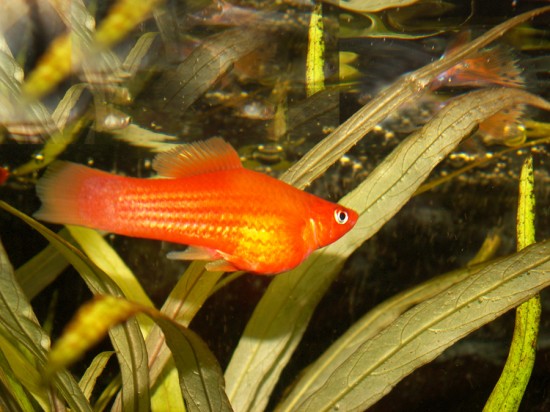 Breeding Fish: A Beginners Guide
Breeding Fish: A Beginners Guide
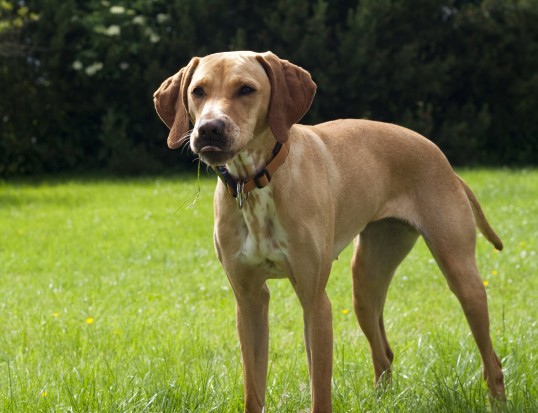 How To Deal With A Strange Dog Wandering Onto Your Property
How To Deal With A Strange Dog Wandering Onto Your Property
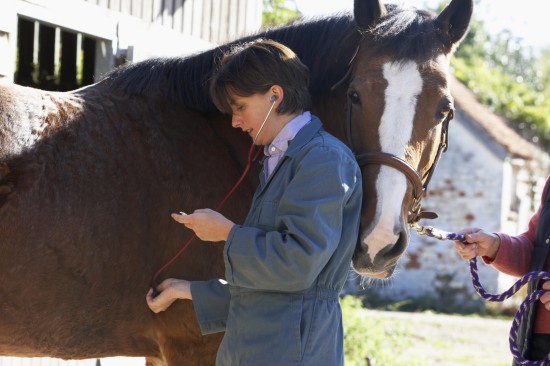 Pre-purchase Vetting A Horse Will Show Up A Heart Condition
Pre-purchase Vetting A Horse Will Show Up A Heart Condition
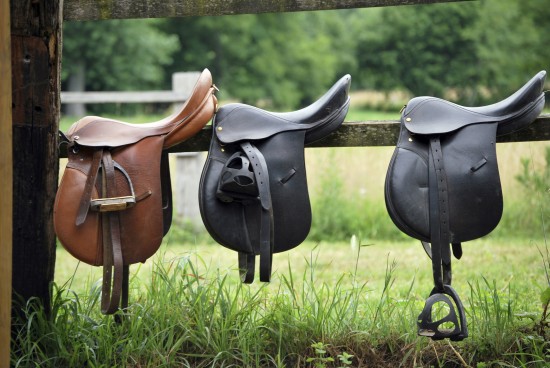 Understanding The Horse Saddle
Understanding The Horse Saddle
 Symptoms And Treatment Of Upper Respiratory Infections In Cats
Symptoms And Treatment Of Upper Respiratory Infections In Cats
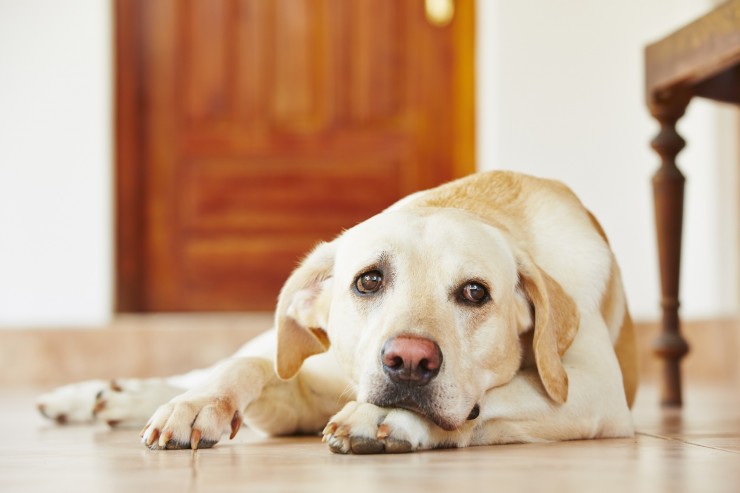 3 Smart Ways Of Making Sure Your Pet Is Happy When Youre Not Around!
3 Smart Ways Of Making Sure Your Pet Is Happy When Youre Not Around!
 Resource Guarding - Dog Behaviour
Resource Guarding
Resource Guarding - Dog Behaviour
Resource Guarding
 What You Need To Know About Ferret Health
What You Need To
What You Need To Know About Ferret Health
What You Need To
 The Importance and Styles of Chicken Houses for Chickens
The Importance and Styles of Chicken Houses for Chickens
The Importance and Styles of Chicken Houses for Chickens
The Importance and Styles of Chicken Houses for Chickens
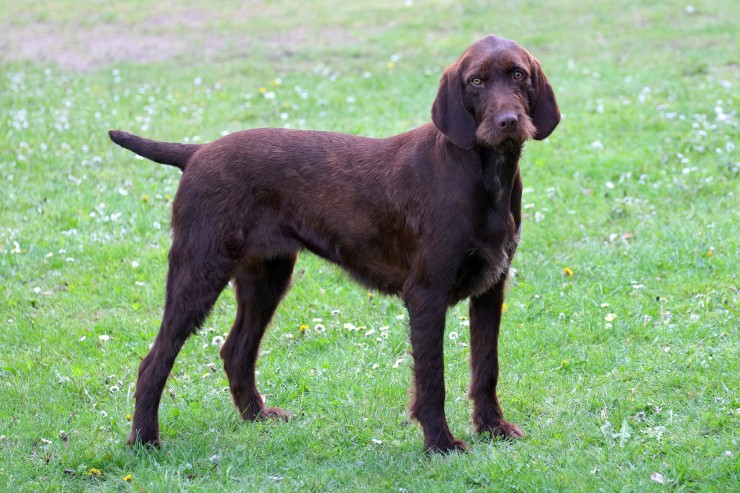 The Handsome German Pudelpointer
The Handsome Germ
The Handsome German Pudelpointer
The Handsome Germ
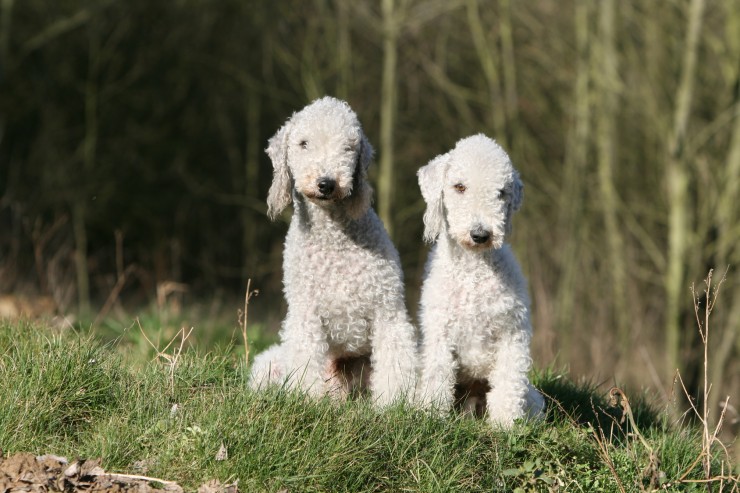 Copper Toxicosis In The Bedlington Terrier
Copper Toxicosis
Copper Toxicosis In The Bedlington Terrier
Copper Toxicosis